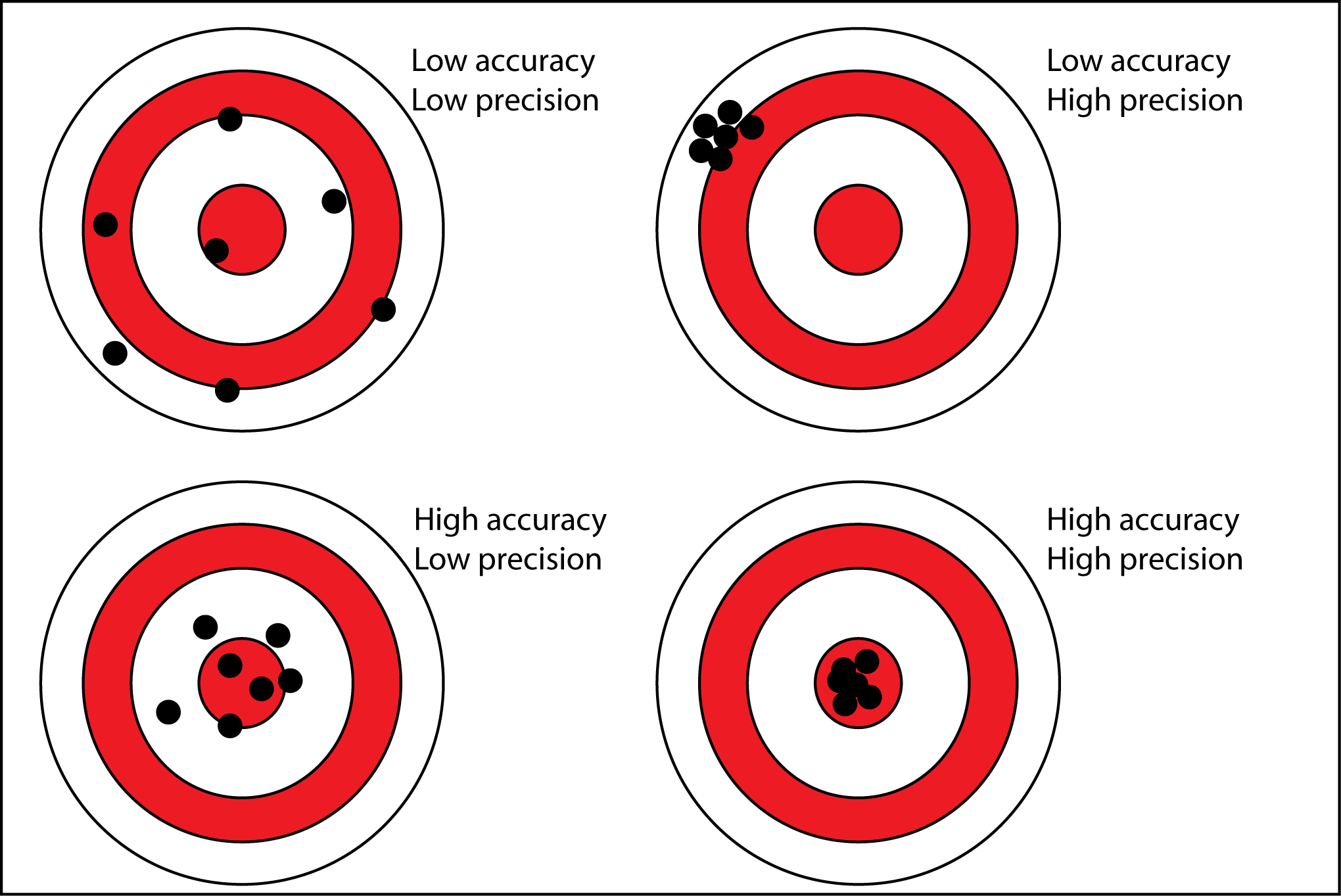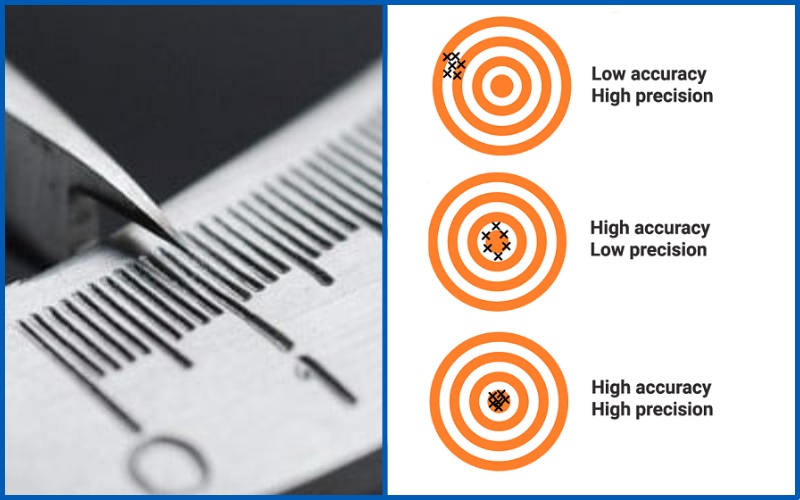Converting tablespoons to grams for Butter: A Handy Guide
When following a recipe, precise measurements are essential for achieving the desired outcome. However, conversions between different units of measurement can sometimes be confusing, especially when it comes to ingredients like butter. In this article, we will provide a practical guide for converting tablespoons to grams for butter. Whether you're an aspiring chef or a home cook, this guide will help you achieve accurate measurements and ensure the success of your culinary creations.
1. Understanding the Importance of Accurate Measurements

Accurate Measurements
Accurate measurements are crucial in cooking and baking to maintain the correct balance of ingredients, texture, and flavors.
When it comes to ingredients like butter, which can significantly impact the outcome of a recipe, precise measurements are particularly important.
Converting tablespoons to grams for butter allows for consistency and accuracy in your culinary endeavors.
2. The Basic Conversion: Tablespoons to Grams
To convert tablespoons to grams for butter, it is essential to understand the conversion factor. The conversion factor can vary slightly depending on the density and temperature of the butter.
As a general guideline, one tablespoon of butter is approximately equal to 14 grams. This conversion factor provides a reliable estimate for most cooking and baking purposes.
3. Converting Different Amounts
Converting tablespoons to grams for butter becomes more precise when working with larger quantities.
Here are some common conversions:
1 tablespoon of butter = 14 grams
2 tablespoons of butter = 28 grams
3 tablespoons of butter = 42 grams
4 tablespoons of butter (1/4 cup) = 56 grams
8 tablespoons of butter (1/2 cup) = 113 grams
16 tablespoons of butter (1 cup) = 227 grams
By applying these conversions, you can easily adjust your recipe based on the desired amount of butter.
4. Adjusting for Accuracy

Adjusting for Accuracy
For precise measurements, it is advisable to use a kitchen scale for converting tablespoons to grams for butter.
This method ensures accuracy, especially when dealing with larger quantities or when precision is essential in delicate recipes such as pastries or cakes.
Place the butter on the scale and adjust until you reach the desired weight in grams.
5. Factors Affecting Measurement
It's important to note that the accuracy of the conversion may be influenced by factors such as temperature and the density of the butter.
Butter can have varying densities, especially when it comes to different types, such as salted or unsalted butter, clarified butter, or European-style butter.
Be mindful of these variations, and if a recipe specifies a particular type of butter, it's best to follow that recommendation for the best results.
6. Practical Tips for Measuring Butter
When measuring butter, consider the following tips for a hassle-free experience:
a. Softened Butter:
For recipes that require softened butter, it is often easier to measure it by using the tablespoon markings on the butter wrapper. Simply slice off the desired amount following the tablespoon measurements and proceed with the conversion to grams if necessary.
b. Stick Butter:
In some regions, butter is sold in stick form. Each stick usually measures 1/2 cup or 8 tablespoons, equivalent to approximately 113 grams. This pre-measured packaging can be convenient for conversions and simplifies the process of measuring butter.
c. Be Mindful of Butter Substitutes:
If you're using a butter substitute, such as margarine or vegetable shortening, note that the conversion factors may differ from those of butter. Always refer to the specific instructions provided by the manufacturer to ensure accurate measurements.
Converting tablespoons to grams for butter is an important skill for precise cooking and baking. By understanding the basic conversion factor and following the guidelines provided in this guide, you can confidently adjust your recipes and achieve accurate measurements. Remember to consider factors like butter density, temperature, and specific types of butter for optimal results. Whether you're whipping up a delicious cake or preparing a savory dish, accurate measurements will help you achieve culinary success.